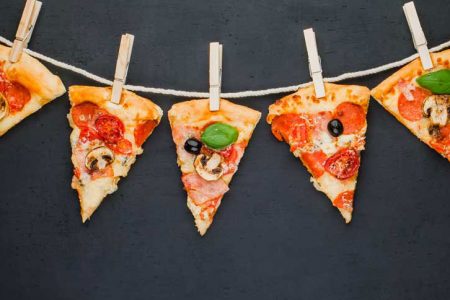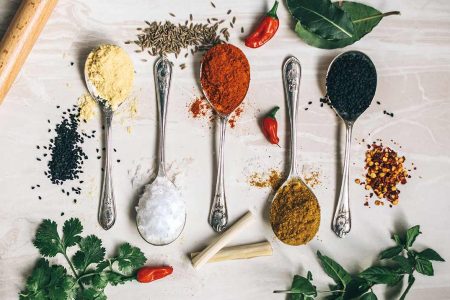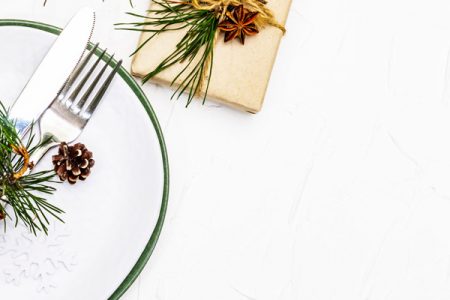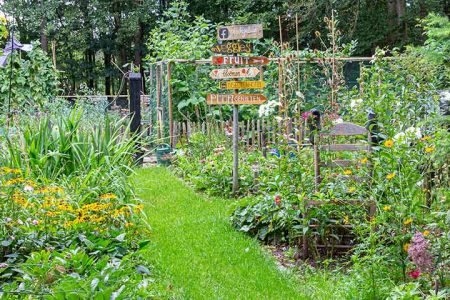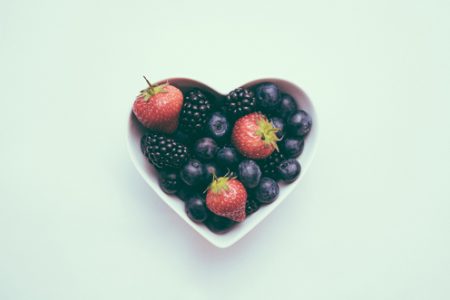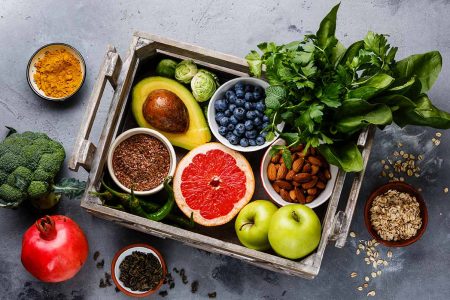As landscapes go, cranberry bogs are unique. You don’t find their photographs in Sierra Club calendars, nor are they destinations on your average road-trip. Unless, of course, you are going to attend the Cranberry Festival in Warrens, Wisconsin. Which I did, with my daughter, and quite by happy accident.
Cranberry bogs are fascinating. Where else can you observe a sea of tiny, shimmering garnets, winking and bobbing on the water. Gazing out on the flooded bog, you can’t help but wonder how the cranberries got there, and what path led you past the ordinary foliage of Wisconsin to this lake of the marvelous.
When I drove with my daughter down the sloping lane to visit our first bog, how to describe our surprise. It came to mind that we had spent too much time in the city, loitering in the prepackaged aisle where cranberries are plastic-wrapped with instructions for sauce. Seeing cranberries in the midst of harvest is so much better.
Cranberries are grown in bogs, and when they’re ready to be harvested, the bogs are flooded, releasing the fruit from the branches. Each berry contains its own pocket of air so that it won’t sink into the muck. Will my daughter and I ever forget walking down in the cool autumn air to stoop at the shoreline and scoop up handfuls of cranberries, and then spill them back into the water, watching them float away.
Fascinated by our unexpected encounter, I later read that cranberries are native to the United States. Not only a Titan among super fruits, cranberries are North America’s super fruit, having been prepared in food—mash, cakes, and teas—since the native Indians spread across this land.
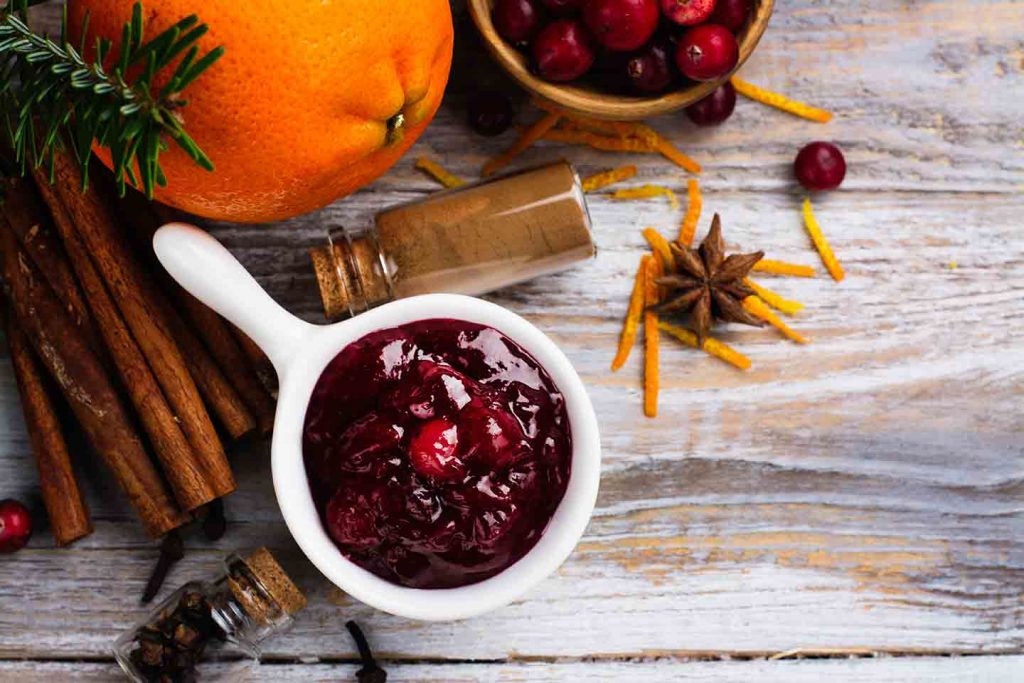
When the Mayflower emptied its hatches of European settlers, they began to cook with the fruit. In fact, some cranberry vines are so hardy that in the Cape Cod area, many are estimated to be around 150 years old. Because of their bright red color, tribes such as the Lakota Sioux, produced a pigment from the fruit. They would dye porcupine quills to use in decoration and jewelry. The Lenni-kenape Indians of New Jersey incorporated cranberries and their leaves into symbols of peace and friendship.
Besides their esteemed history in early American art and cuisine, cranberries are also known to contain healing properties. With antioxidants superior to grapes, broccoli, strawberries and (yes, I’m gonna say it, because it’s true) even spinach, cranberries help prevent infections, battle inflammation, reduce heart disease, boost the immune system, and have even appeared in medical articles as preventing certain types of cancer.[1]
It has been written that dreaming of cranberries is a good omen, one suggesting that the dreamer will have longevity and good health. Certainly, drinking unsweetened cranberry juice daily is even better than an omen. With their unquestionable super powers, cranberries will get any dreamer back on her feet in no time, heading toward that goal of longevity by providing a tremendous boost of vitamins A and C, thiamine, riboflavin, and niacin.
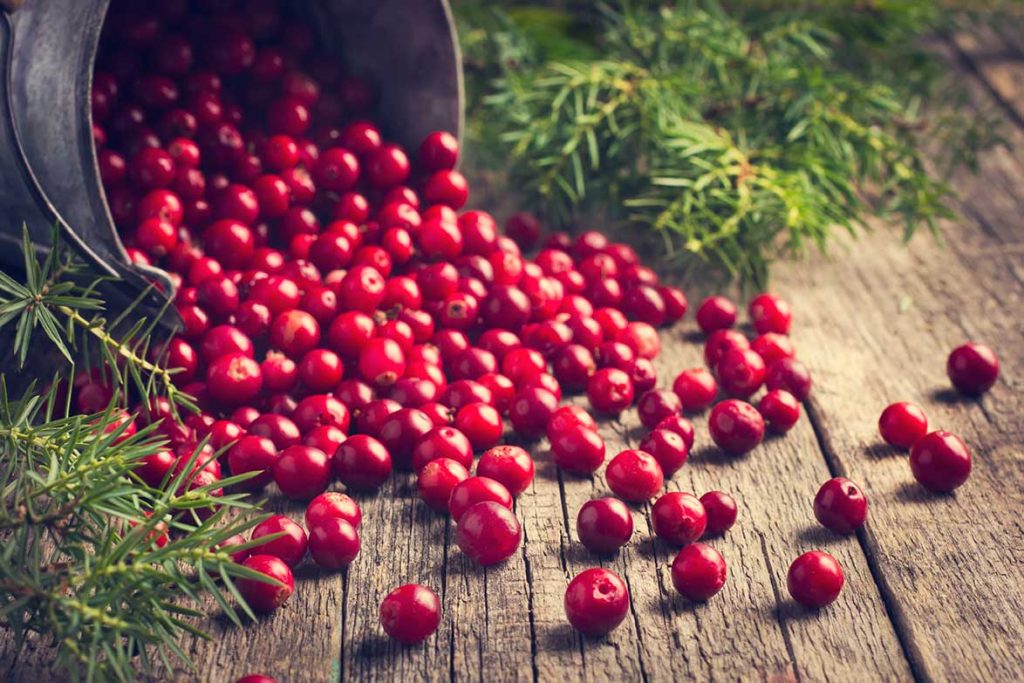
Growing naturally from Wisconsin to Maine, these berries are in season from September through December. Only 45 calories per cup—cranberries are holiday superstars, making their appearance in recipes both savory and sweet.
For this holiday season, why not prepare this delicious Cranberry Nut Bread—with a texture similar to cake—or this cranberry relish with walnuts—to be shared with friends and family. The tart cranberries contrast with the sweet tea loaf, giving it dimension and depth.
– Kathryn Kruger for the Veggie Fest Team!
[1] Seeram N. P. et al (2006). Blackberry, black raspberry, blueberry, cranberry, red raspberry, and strawberry extracts inhibit growth and stimulate apoptosis of human cancer cells in vitro. J Agric Food Chem. 13, 54(25), 9329-39.


